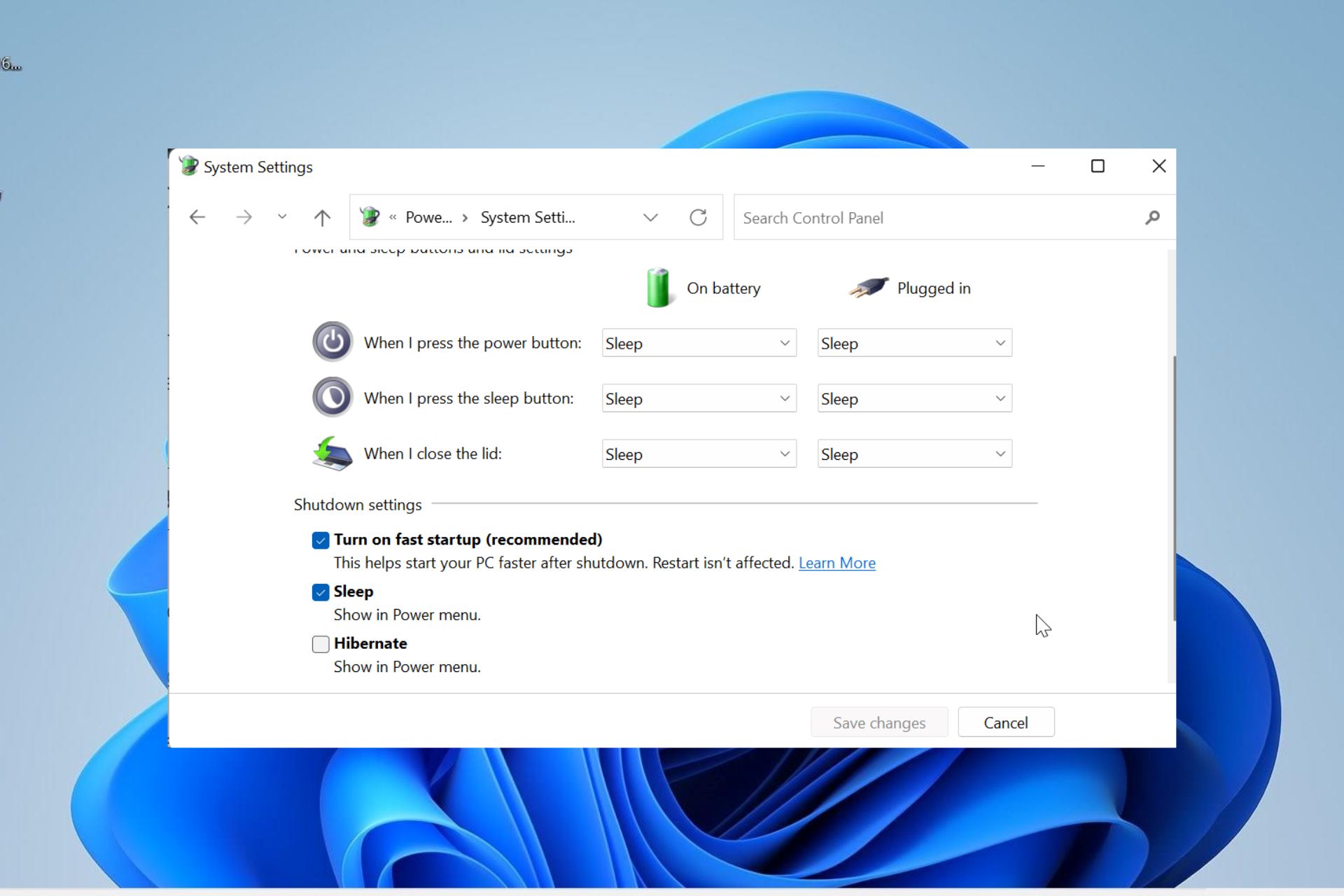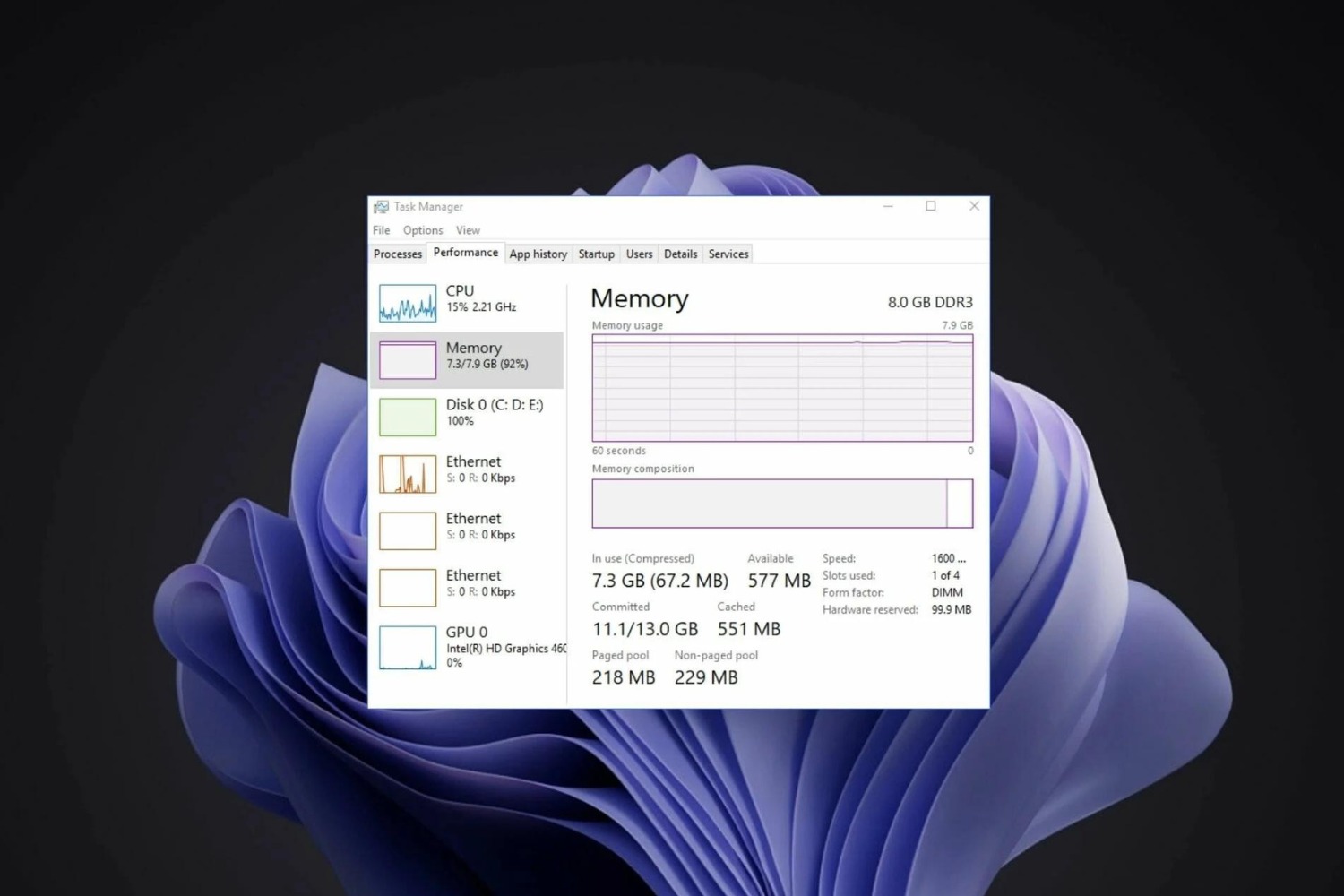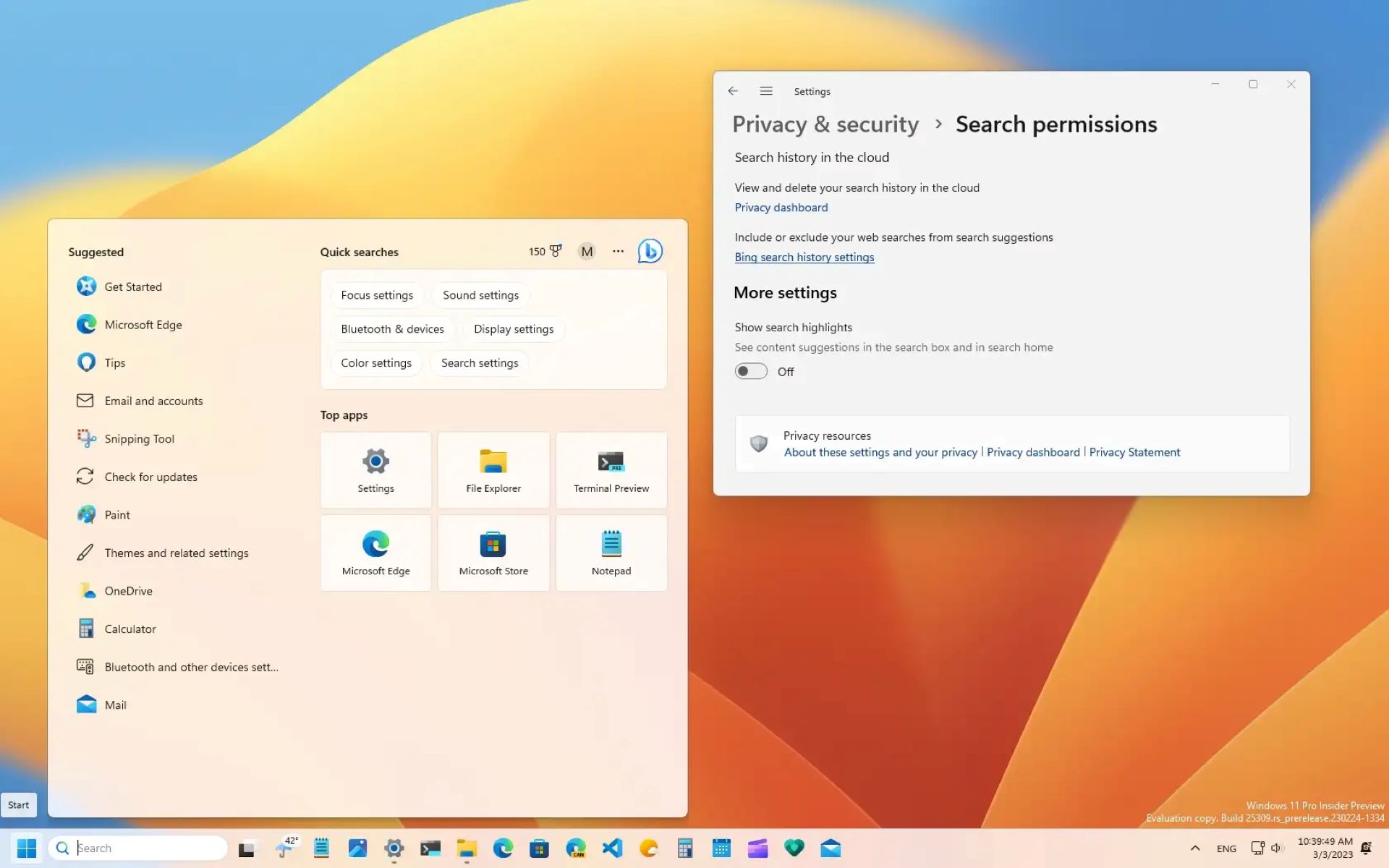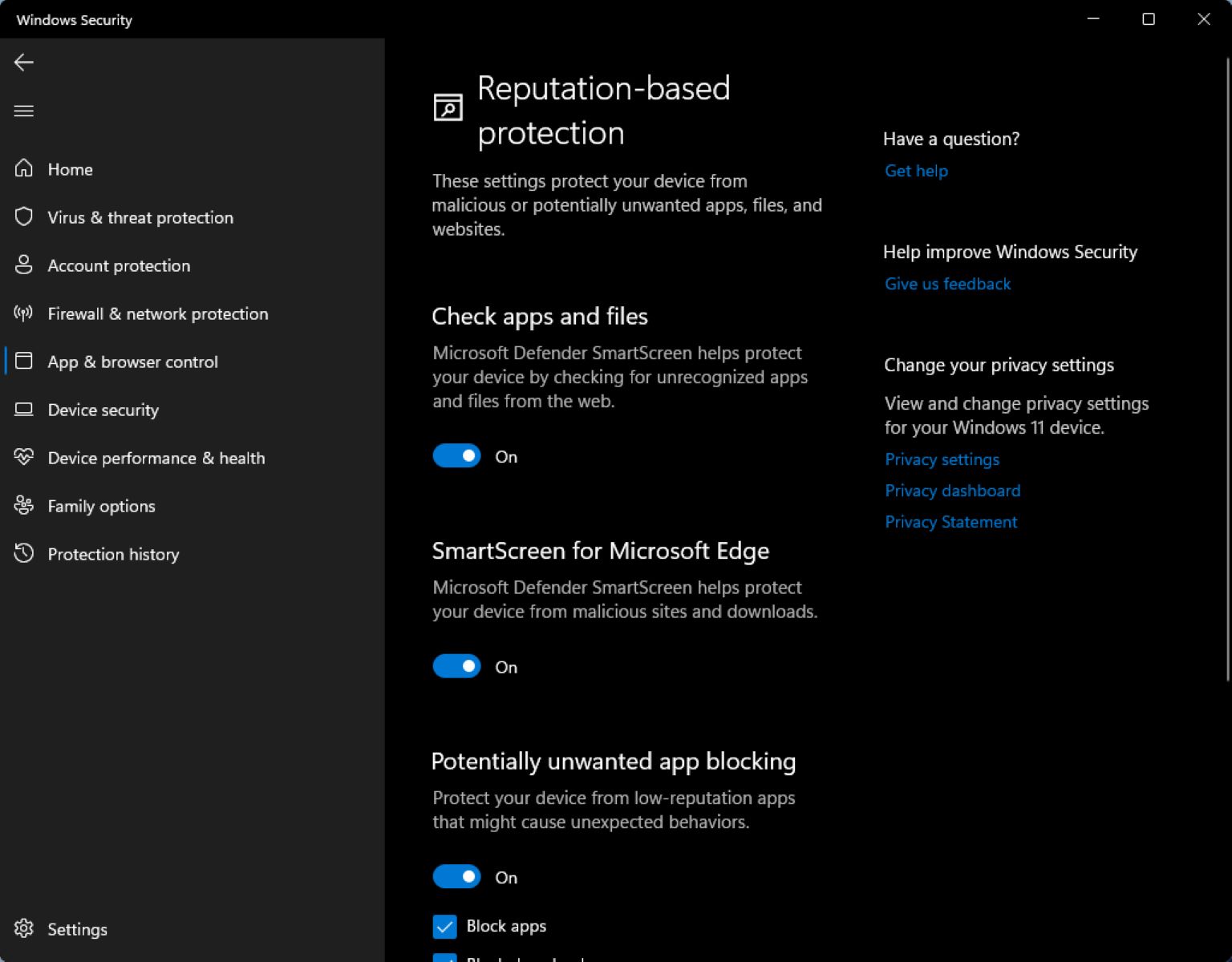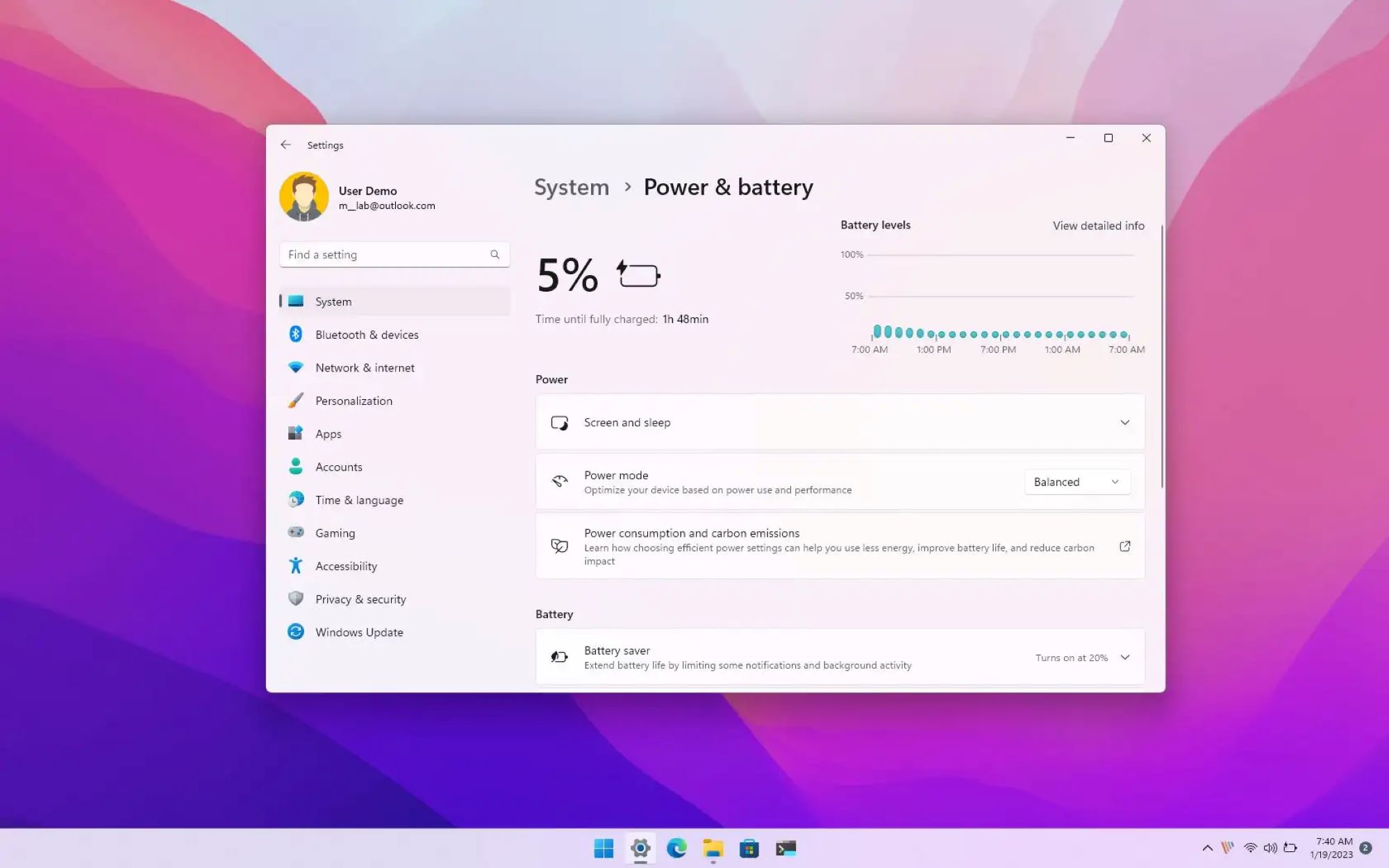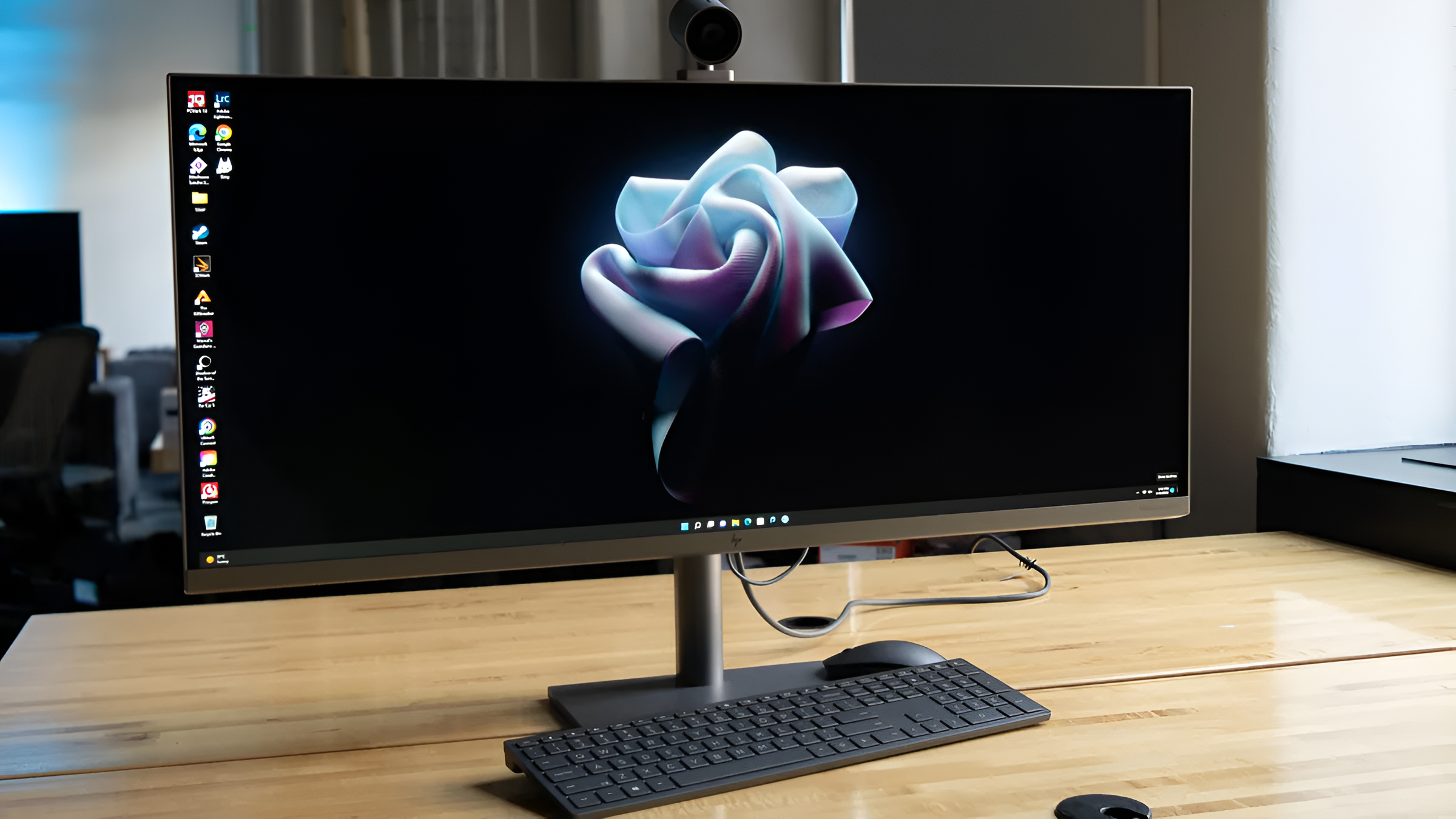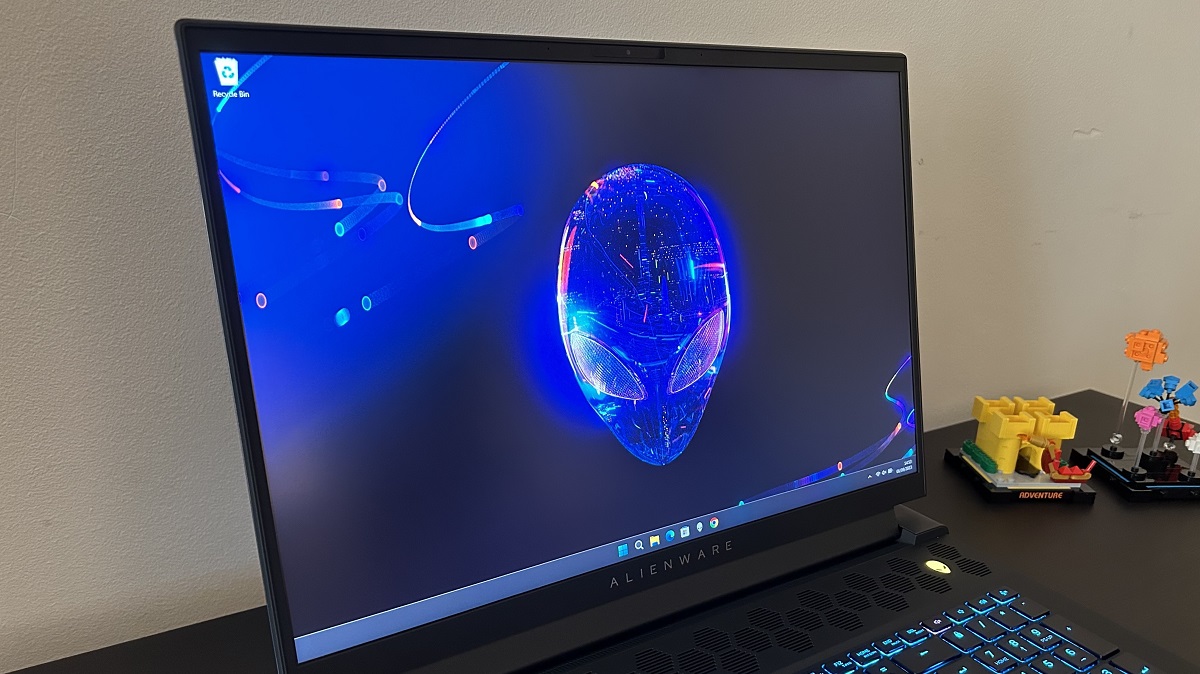Introduction
Welcome to our guide on how to turn off Fast Startup in Windows 11. Fast Startup is a feature in Windows 11 that allows your computer to start up more quickly by saving the system’s current state to a hibernation file, instead of performing a full system boot. While Fast Startup can be convenient, it can also cause various issues and conflicts with certain hardware and software configurations.
In this article, we will explain what Fast Startup is, explore the reasons why you might want to turn it off, and provide you with step-by-step instructions on how to disable it in Windows 11.
Fast Startup, also known as Hybrid Boot, was introduced in earlier versions of Windows as a way to decrease the time it takes for your computer to start up. When you shut down your computer with Fast Startup enabled, Windows saves the current system state, including open applications and drivers, to a hibernation file. The next time you power on your computer, it uses this hibernation file to resume the system quickly. As a result, it can significantly reduce the boot time compared to a full system startup.
While Fast Startup offers advantages in terms of faster boot times, it can also have some downsides. One common issue is that it can cause conflicts with certain hardware drivers and devices, leading to unexpected system errors or even crashes. Additionally, it may prevent certain software applications from functioning correctly or cause problems with system updates and installations.
To avoid these potential issues, you may find it necessary to disable Fast Startup on your Windows 11 computer. In the following sections, we will guide you through different methods to turn off Fast Startup and improve the overall stability and compatibility of your system.
What is Fast Startup in Windows 11?
Fast Startup is a feature in Windows 11 that helps your computer start up faster by saving the current system state to a hibernation file. When you shut down your computer with Fast Startup enabled, it saves the essential system information to this file, allowing it to quickly resume from where it left off when you power it on again. Essentially, Fast Startup combines the concepts of hibernation and shutdown to provide a quicker boot process.
When you enable Fast Startup, Windows 11 does not perform a complete shutdown. Instead, it logs off active users, terminates all user processes, and then hibernates the system by saving the system’s current state to the hibernation file. The next time you turn on your computer, Windows uses this hibernation file to restore the previous session, including opened applications and drivers, rather than going through the entire startup process.
This approach significantly reduces the time it takes for your computer to start up, as it doesn’t have to load the operating system and all the drivers and software from scratch. Instead, it simply loads the saved system state, allowing you to quickly resume your work without delay.
Fast Startup is particularly beneficial for those who frequently shut down their computers and want to minimize the waiting time during startup. It can be especially useful for laptops, as it allows you to conserve battery power by quickly resuming where you left off, rather than going through a full boot process.
It is important to note that Fast Startup is different from the traditional hibernation mode. In hibernation mode, the entire system is saved to the hibernation file and the computer completely powers off. In contrast, Fast Startup saves only the essential system information and uses a hybrid state between hibernation and shutdown to achieve faster boot times.
While Fast Startup offers the advantage of quick startup times, it may not be suitable for everyone. There can be some drawbacks to using this feature, such as potential conflicts with certain hardware or software configurations. In the next section, we will explore the reasons why you might want to turn off Fast Startup in Windows 11.
Why turn off Fast Startup?
While Fast Startup can provide quicker boot times and convenience, there are certain situations where you might want to consider disabling it in Windows 11. Here are a few reasons why you might choose to turn off Fast Startup:
1. Hardware compatibility issues: Fast Startup can sometimes cause conflicts with certain hardware configurations, particularly with older devices or those that require specific initialization during startup. Disabling Fast Startup can help resolve compatibility issues and ensure that all hardware components function correctly.
2. Software conflicts: Certain software applications may not work properly with Fast Startup enabled. This can result in unexpected errors, crashes, or performance issues. By turning off Fast Startup, you can avoid potential conflicts and ensure the smooth operation of your software programs.
3. Troubleshooting purposes: If you’re experiencing system errors, crashes, or other issues, disabling Fast Startup can be a helpful step in the troubleshooting process. By performing a full shutdown instead, you can rule out any potential problems related to Fast Startup and focus on identifying other causes.
4. System updates and installations: Fast Startup can interfere with system updates and installations, particularly if the update requires a full shutdown and restart. Disabling Fast Startup ensures that the updates are applied correctly and avoids any potential complications during the installation process.
5. Battery drain on laptops: Although Fast Startup can be advantageous for laptop users by allowing them to resume work quickly, it can also contribute to battery drain. If you’re concerned about preserving battery life, disabling Fast Startup can help conserve power by performing a complete shutdown.
It’s worth noting that Fast Startup is generally beneficial for most users and can significantly improve the overall startup time of a Windows 11 computer. However, if you’re experiencing any of the issues mentioned above or prefer to have more control over the startup process, disabling Fast Startup may be the right choice for you. In the following sections, we will guide you through various methods to turn off Fast Startup in Windows 11.
How to turn off Fast Startup in Windows 11
If you’ve decided to disable Fast Startup in Windows 11 for any of the reasons mentioned earlier, there are multiple methods you can use. In this section, we will walk you through three different approaches to turn off Fast Startup:
Method 1: Using Power Options
- Press the Windows key + X on your keyboard to open the Power User menu.
- Select “Power Options” from the menu to open the Power Options settings.
- In the Power Options window, click on “Choose what the power buttons do” in the left sidebar.
- Click on the “Change settings that are currently unavailable” link to enable the additional options.
- Scroll down to the “Shutdown settings” section and uncheck the box next to “Turn on fast startup (recommended)”.
- Click on the “Save Changes” button to apply the new setting.
Method 2: Adjusting Power Plan Settings
- Press the Windows key + X on your keyboard to open the Power User menu.
- Select “Power Options” from the menu to open the Power Options settings.
- In the Power Options window, locate and click on “Change plan settings” next to your currently active power plan.
- Click on the “Change advanced power settings” link to open the advanced power options.
- Scroll down and expand the “Power buttons and lid” option.
- Expand the “Shutdown settings” and disable the “Turn on fast startup” option.
- Click on the “Apply” and “OK” buttons to save the changes.
Method 3: Using Command Prompt
- Press the Windows key and search for “Command Prompt”.
- Right-click on “Command Prompt” and select “Run as administrator” to open an elevated Command Prompt.
- In the Command Prompt window, type the following command and press Enter:
powercfg /hibernate off - Once the command is executed, Fast Startup will be disabled on your Windows 11 computer.
After applying any of the above methods, you have successfully turned off Fast Startup in Windows 11. Remember to restart your computer for the changes to take effect.
It’s important to note that each method achieves the same result: disabling Fast Startup. You can choose the method that is most convenient for you or try an alternative method if one doesn’t work for your specific system configuration.
By following these steps, you can easily turn off Fast Startup and customize your Windows 11 startup process based on your preferences and system requirements.
Method 1: Using Power Options
If you want to turn off Fast Startup in Windows 11, one method you can try is by using the Power Options settings. Here’s how you can do it:
- Press the Windows key + X on your keyboard to open the Power User menu.
- Select “Power Options” from the menu to open the Power Options settings.
- In the Power Options window, click on “Choose what the power buttons do” in the left sidebar.
- Click on the “Change settings that are currently unavailable” link to enable the additional options.
- Scroll down to the “Shutdown settings” section and uncheck the box next to “Turn on fast startup (recommended)”.
- Click on the “Save Changes” button to apply the new setting.
By following these steps, you can disable Fast Startup through the Power Options settings. Here’s a breakdown of the process:
Step 1: Press the Windows key + X on your keyboard to open the Power User menu. This menu provides quick access to various system settings.
Step 2: Select “Power Options” from the menu to open the Power Options settings. This settings window allows you to customize various power-related settings for your computer.
Step 3: In the Power Options window, click on “Choose what the power buttons do” in the left sidebar. This option allows you to modify the behavior of the power buttons on your computer.
Step 4: Click on the “Change settings that are currently unavailable” link to enable additional options. This step is necessary to access the Fast Startup setting.
Step 5: Scroll down to the “Shutdown settings” section and uncheck the box next to “Turn on fast startup (recommended)”. By unchecking this option, you are disabling Fast Startup.
Step 6: Finally, click on the “Save Changes” button to apply the new setting. Your changes will take effect the next time you shut down and start up your computer.
Using the Power Options method is a straightforward way to turn off Fast Startup in Windows 11. If this method doesn’t work for your system or if you prefer an alternative approach, you can try one of the other methods we will discuss in the following sections.
Method 2: Adjusting Power Plan Settings
If you’re looking to disable Fast Startup in Windows 11, another method you can use is by adjusting the power plan settings. Here’s how you can do it:
- Press the Windows key + X on your keyboard to open the Power User menu.
- Select “Power Options” from the menu to open the Power Options settings.
- In the Power Options window, locate and click on “Change plan settings” next to your currently active power plan.
- Click on the “Change advanced power settings” link to open the advanced power options.
- Scroll down and expand the “Power buttons and lid” option.
- Expand the “Shutdown settings” and disable the “Turn on fast startup” option.
- Click on the “Apply” and “OK” buttons to save the changes.
By following these steps, you can disable Fast Startup through the power plan settings. Let’s break down the process:
Step 1: Press the Windows key + X on your keyboard to open the Power User menu. This menu provides quick access to various system settings.
Step 2: Select “Power Options” from the menu to open the Power Options settings. This settings window allows you to customize various power-related settings for your computer.
Step 3: In the Power Options window, locate and click on “Change plan settings” next to your currently active power plan. Each power plan has different settings that define how your computer behaves when using that particular plan.
Step 4: Click on the “Change advanced power settings” link to open the advanced power options. This will provide you with more in-depth customization options for your power plan.
Step 5: Scroll down and expand the “Power buttons and lid” option. This section allows you to configure the power button settings for your computer.
Step 6: Expand the “Shutdown settings” and disable the “Turn on fast startup” option. By unchecking this option, you are disabling Fast Startup for your power plan.
Step 7: Finally, click on the “Apply” and “OK” buttons to save the changes. Your adjustments to the power plan settings will take effect immediately.
Adjusting the power plan settings provides you with granular control over the power-related behavior of your computer, including the ability to disable Fast Startup. If this method doesn’t work for your system or if you prefer a different approach, you can explore the third method we will discuss in the following section.
Method 3: Using Command Prompt
If you’re looking to disable Fast Startup in Windows 11 and prefer using the Command Prompt, you can use the following method:
- Press the Windows key and search for “Command Prompt” in the search bar.
- Right-click on “Command Prompt” in the search results and select “Run as administrator” to open an elevated Command Prompt.
- In the Command Prompt window, type the following command and press Enter:
powercfg /hibernate off - Once the command is executed, Fast Startup will be disabled on your Windows 11 computer.
By following these steps, you can disable Fast Startup using the Command Prompt. Here’s a breakdown of the process:
Step 1: Press the Windows key and search for “Command Prompt” in the search bar. Command Prompt is a powerful command-line tool that allows you to execute various commands to control your system settings.
Step 2: Right-click on “Command Prompt” in the search results and select “Run as administrator” to open an elevated Command Prompt. Running Command Prompt as an administrator grants you the necessary permissions to make system-level changes.
Step 3: In the Command Prompt window, type the following command and press Enter: powercfg /hibernate off. This command disables hibernation, which in turn disables Fast Startup since Fast Startup relies on hibernation functionality.
Step 4: Once the command is executed successfully, Fast Startup will be disabled on your Windows 11 computer. You can now close the Command Prompt window.
Using the Command Prompt method provides a direct and efficient way to disable Fast Startup without navigating through various settings menus. If this method doesn’t work for you or if you prefer alternative approaches, you can refer back to the other methods mentioned earlier.
Regardless of the method you choose, remember to restart your computer for the changes to take effect.
Conclusion
Fast Startup in Windows 11 offers the advantage of faster boot times by saving the system state to a hibernation file. However, it may not be suitable for everyone and can cause compatibility issues with certain hardware and software configurations. If you have experienced conflicts or prefer to have more control over the startup process, disabling Fast Startup is a viable option.
In this article, we explained what Fast Startup is and discussed the reasons why you might want to turn it off. We provided three methods to disable Fast Startup in Windows 11:
Method 1: Using Power Options: This method allows you to disable Fast Startup through the Power Options settings, providing a user-friendly approach for turning it off.
Method 2: Adjusting Power Plan Settings: By adjusting the power plan settings, you can customize the behavior of Fast Startup for your specific power plan.
Method 3: Using Command Prompt: Using the Command Prompt, you can disable Fast Startup using a simple command, providing a direct and efficient method.
It’s important to note that each method achieves the same result, and you can choose the one that suits your preference and system configuration the best. Remember to restart your computer after disabling Fast Startup for the changes to take effect.
By disabling Fast Startup, you can ensure better compatibility, resolve conflicts, and have more control over the startup process in Windows 11. Consider your specific needs and the potential drawbacks of Fast Startup to make an informed decision about whether to disable it or leave it enabled on your system.
We hope this guide has been helpful in assisting you with turning off Fast Startup in Windows 11. Feel free to revisit the instructions or try different methods if needed. Customizing your startup process can contribute to a smoother and more tailored computing experience.







